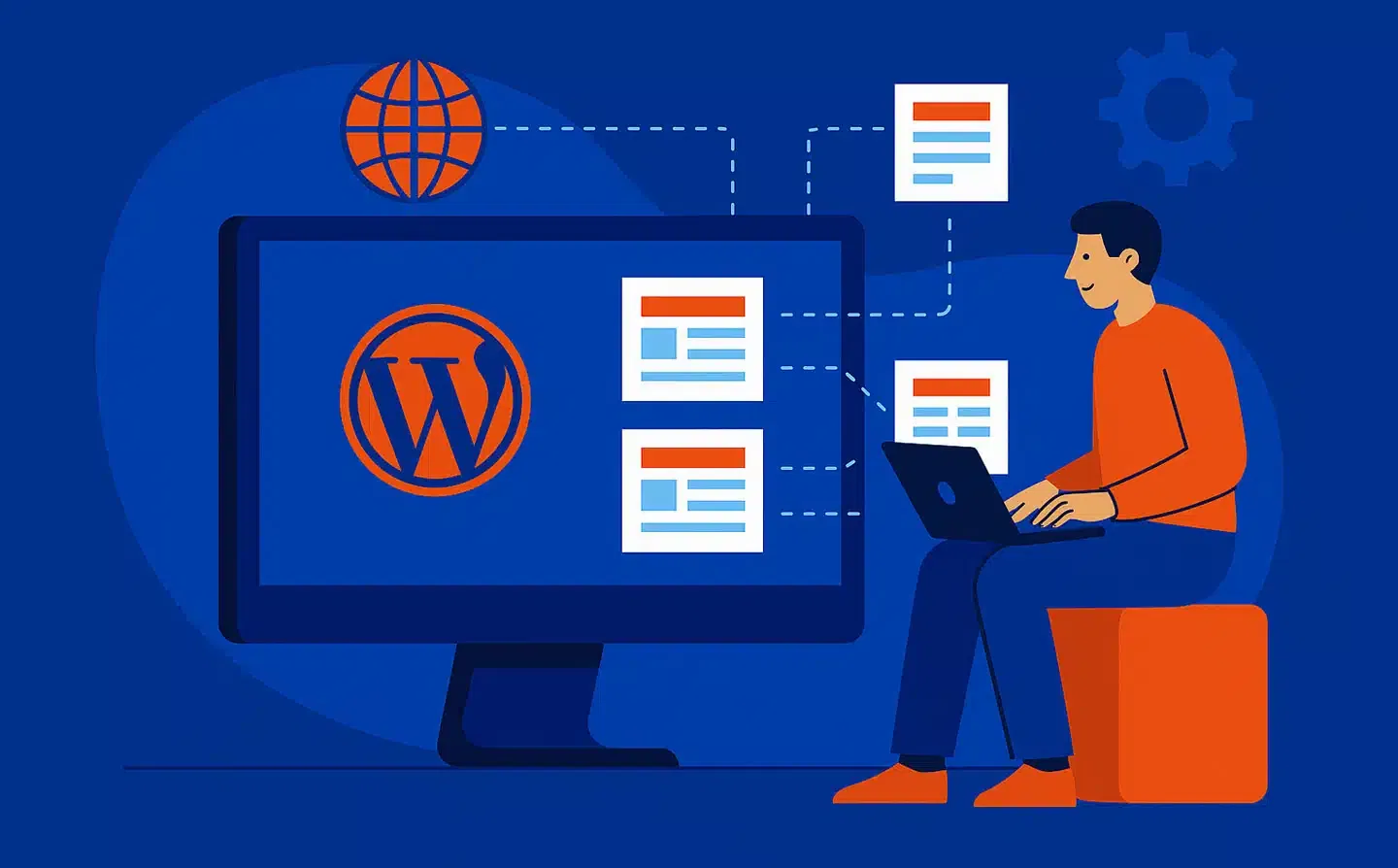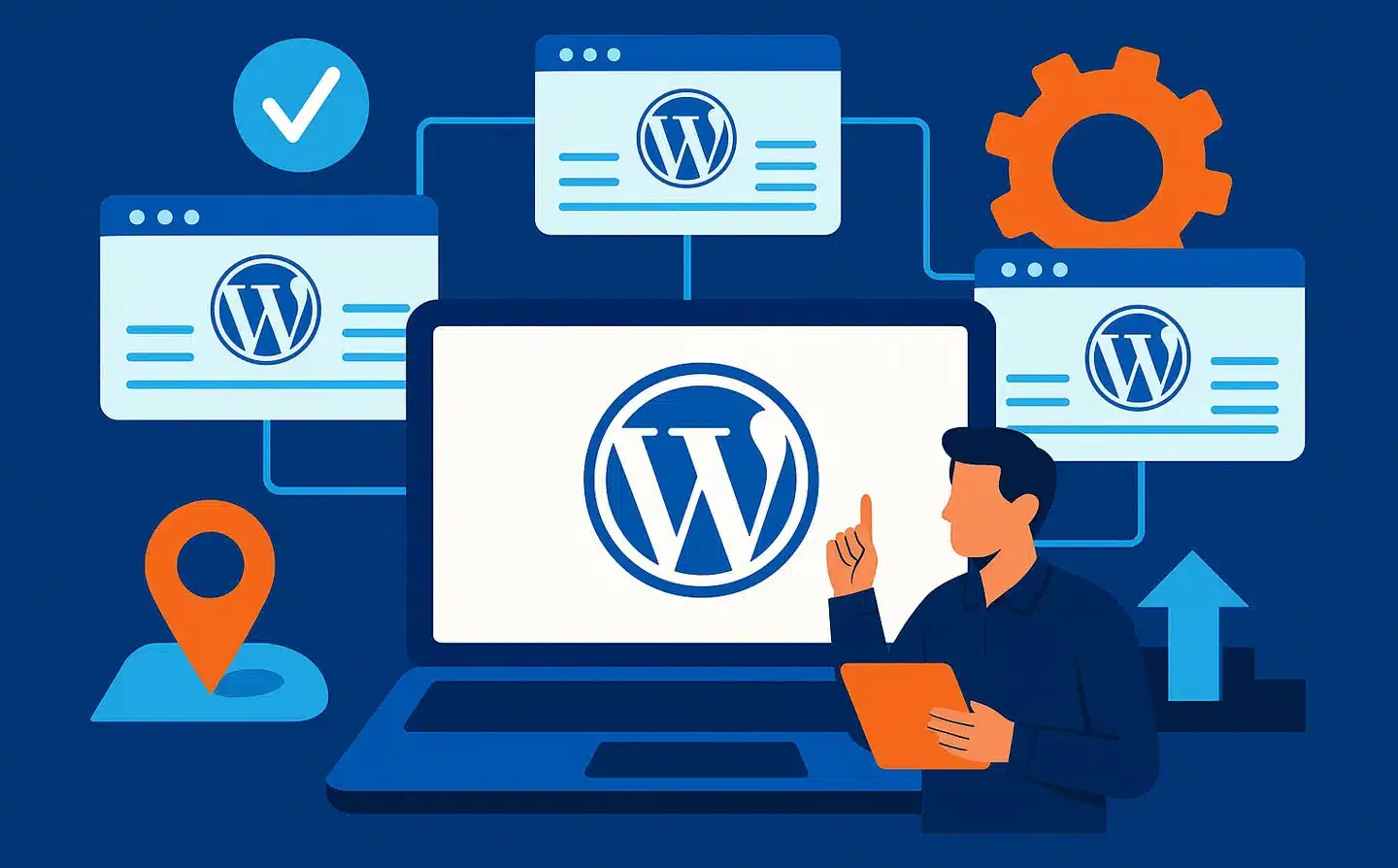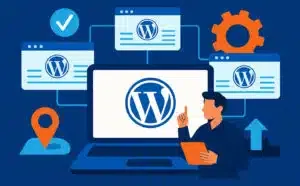WooCommerce speed optimization is the key to driving sales in the competitive world of e-commerce. A fast WooCommerce store improves conversions, SEO rankings, customer satisfaction, and long-term revenue. Yet many store owners unknowingly operate with sluggish performance, bloated themes, and plugin overload, costing them valuable sales. At WP Support Lab, we specialize in turning slow WooCommerce stores into high-performing sales machines. In this guide, you’ll learn 18 actionable strategies for WooCommerce speed optimization—from front-end tweaks to server-level enhancements—ensuring your store delivers a seamless shopping experience in 2025.
Why WooCommerce Speed Matters
A 1-second delay in load time can reduce conversions by 7%. Sites that load in under 2 seconds have lower bounce rates, while Google favors faster sites in mobile search results. Customers are also less likely to return to a slow store, impacting your long-term growth.
🚀 Optimizing your WooCommerce site for speed isn’t optional—it’s foundational to staying competitive in today’s market.
18 Ways for WooCommerce Speed Optimization
1. Switch to Optimized Hosting
Avoid shared hosting. Use providers like Kinsta, Cloudways, or Nexcess, which offer SSD/NVMe storage, PHP 8+, and built-in object caching.
2. Enable Full-Page Caching
Implement full-page caching with WP Rocket or LiteSpeed Cache. Combine with Redis or Memcached for dynamic queries.
3. Optimize Product Images
Convert images to WebP format using image compression tools like ShortPixel or Imagify. Serve responsive sizes with srcset.
💡 Heavy product galleries slow down page loads. Compress without sacrificing quality.
4. Minimize CSS, JS, and HTML
Use WP Rocket or Autoptimize to minify files, defer JS, and remove unused styles, especially from page builders.
5. Use Lightweight Themes
Choose lightweight WooCommerce themes like Astra, GeneratePress, or Hello Elementor for Elementor users.
6. Eliminate Plugin Bloat
Audit plugins: deactivate and delete unused ones, replace heavy plugins, and combine features.
🧰 WP Support Lab offers plugin audits to cut the fat without losing functionality. Let’s optimize it together!
7. Disable Unneeded WooCommerce Features
Turn off cart fragments, product zoom/lightbox on mobile, and related products using Disable WooCommerce Bloat
8. Lazy Load Images and Videos
Lazy load images below the fold, defer embedded YouTube/Vimeo videos, and replace auto-play videos with thumbnails.
9. Clean Up Your Database
Remove expired transients, spam comments, and optimize tables with WP-Optimize or Advanced Database Cleaner
10. Enable Compression
Reduce file sizes with GZIP or Brotli compression via your host or Cloudflare.
11. Optimize Product Pages
Reduce upsell/cross-sell load, lighten galleries, and use AJAX for cart updates to avoid reloads.
🎯 We design product pages to load fast and sell faster.
12. Defer Unused Scripts
Only load scripts where needed, like disabling slider JS on non-homepages or contact form scripts on product pages.
13. Load Google Fonts Locally
Host Google Fonts locally with OMGF to avoid rendering delays.
14. Use a CDN
Leverage global content delivery with Cloudflare, BunnyCDN, or KeyCDN to reduce latency.
15. Enable Keep-Alive Connections
Use persistent connections to reduce handshake delays, typically configured at the server level.
16. Avoid Homepage Clutter
Keep homepages clean by avoiding auto-play sliders, excessive featured products, and third-party widgets.
17. Monitor Performance
Use GTmetrix, Google PageSpeed Insights, or Query Monitor to diagnose issues.
📊 At WP Support Lab, we monitor, diagnose, and fix performance issues in real-time.
18. Load Third-Party Scripts Asynchronously
Ensure scripts like Facebook Pixel or Hotjar load asynchronously to avoid blocking the main thread.
Final Thoughts—Speed Is a Strategy
Your store’s speed directly impacts revenue, SEO, and customer experience. With these 18 techniques and expert support, you can deliver a fast, seamless shopping experience. At WP Support Lab, we specialize in WooCommerce speed optimization, plugin streamlining, and performance architecture. Let’s optimize it together!











